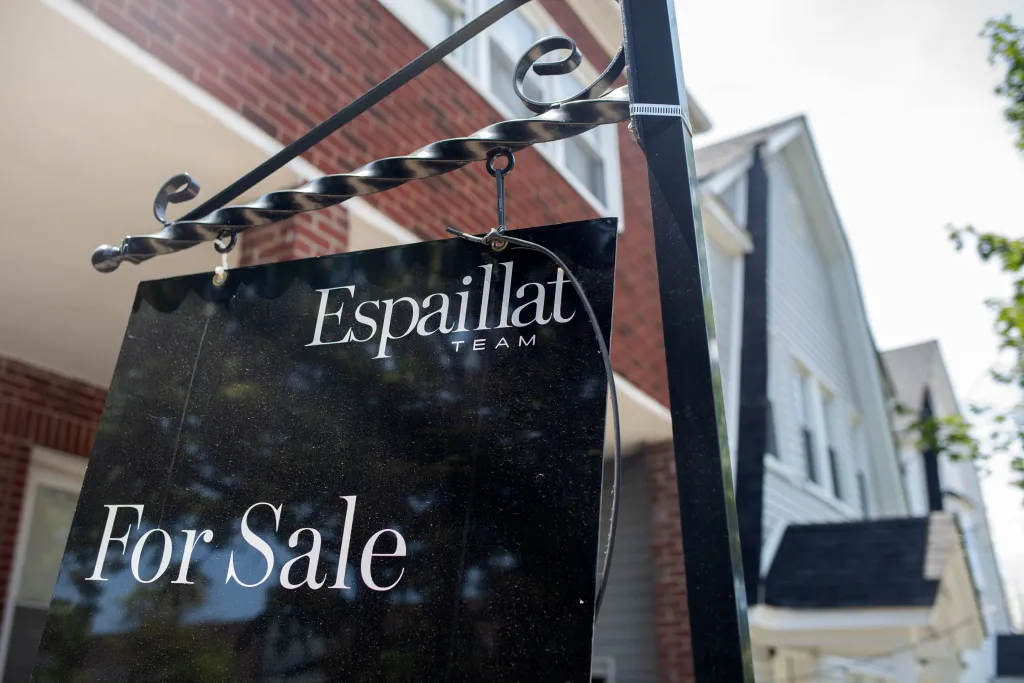Eric Adams wants more New Yorkers to be homeowners — and stay that way
Heeding calls from leaders of color, City Hall outlines commitments to promote development and buyer assistance, while seeking to avoid a repeat of the foreclosure crisis.

A house on the market in Wakefield.
Photo by Ben Fractenberg/THE CITY
 This article was originally published on by THE CITY.
This article was originally published on by THE CITY.
Jamaal Bailey grew up in a building his family owned on Paulding Avenue in the North Bronx, in an area where it’s common for Black households to own their own homes.
Now a state senator, he’s part of a group of elected officials of color who are pushing for more help for New Yorkers who want to become owners. “It made me who I am,” he said. “I know New York City is a city of renters, but I want it to be a city of homeowners too.”